Always Old, Always New: Dr. Martens Launches 14XX and Made Strong
|Phillip Pyle
The heel-loops, yellow stitching, and slightly translucent, grooved soles of Dr. Martens are design hallmarks that, even when thought of in isolation, instantly recall the British brand. While the brand’s origins can be traced back to Dr. Klaus Martens, a German medical doctor and soldier who first created the air-conditioned sole in 1945 to alleviate the pain of recovering from a broken foot, its British history began in 1959 when R. Griggs Group purchased rights to produce the soles. The first pair of boots, a cherry-red 1460 bedecked with shiny smooth leather and perforated with eight eyelets, were released in the UK in 1960, and one year later, the 1461, a three-eyelet derby shoe, came off those same assembly lines. Originally making workwear shoes for the working class, Dr. Martens combined technical innovation and durability with sleek silhouettes. Transgressing lines between utility and style, their introduction into youth culture was inevitable. As the 60s and 70s carried on and music subcultures splintered into ever-minute subcategories, Docs became prevalent across British punk, goth, metal, and new wave scenes—both for their fashionable use value and their ability to carve out in-groups for alternative knowledge, identities, and politics. Their popularity sky-rocketed in the 90s with grunge’s entrance into the mainstream—and again in the late 2000s-early 2010s on Tumblr feeds and amongst indie scenes, especially after the 2013 release of the Jadon boot.
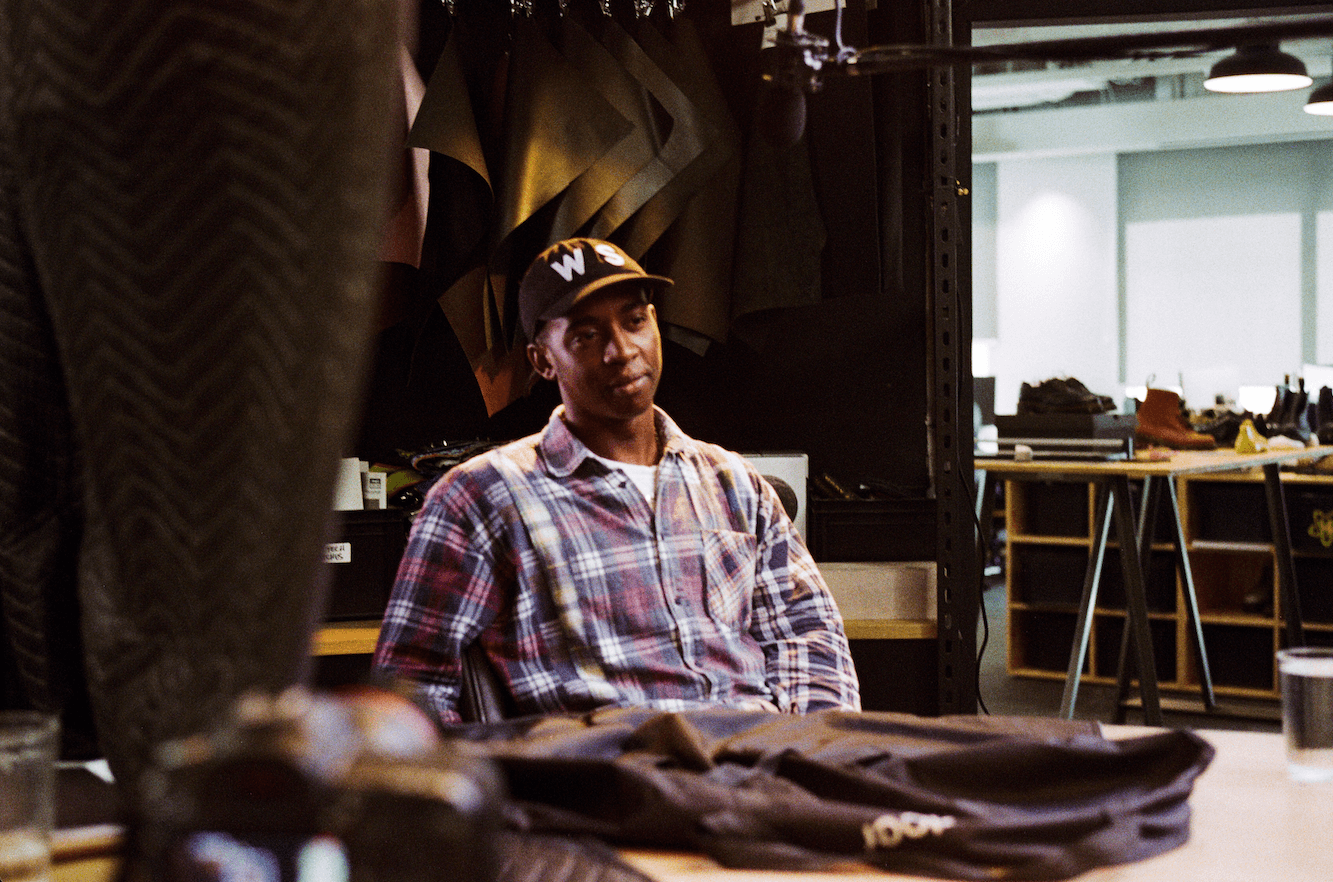
Even today, as subcultures have become even more digital and working-class aesthetics even more abstracted from the working class, Dr. Martens remains poised to maintain the brand’s ethos of self-expression, subversion, and innovation. Appointed last March, Global Creative Director Darren McKoy is helping shape Dr. Martens’ future from the company’s design studios in London’s Camden Town. The newest initiative in McKoy’s tenure is the coordinated launch of 14XX, a set of product redesigns, and Made Strong, a new brand identity campaign. 14XX features three new reimaginations of classic Dr. Martens models: the 1460, 1461, and 2976. Puffy treated leathers, hyperbolically chunky soles, rope laces, patchwork leather, and techwear zippers are just some of the many new design elements that have been infused into classic silhouettes. The Made Strong campaign also strikes a balance between the brand’s history and contemporary life, keeping in mind the resistance that’s long come with wearing Docs while also considering how rebellion might differ for today’s wearers.
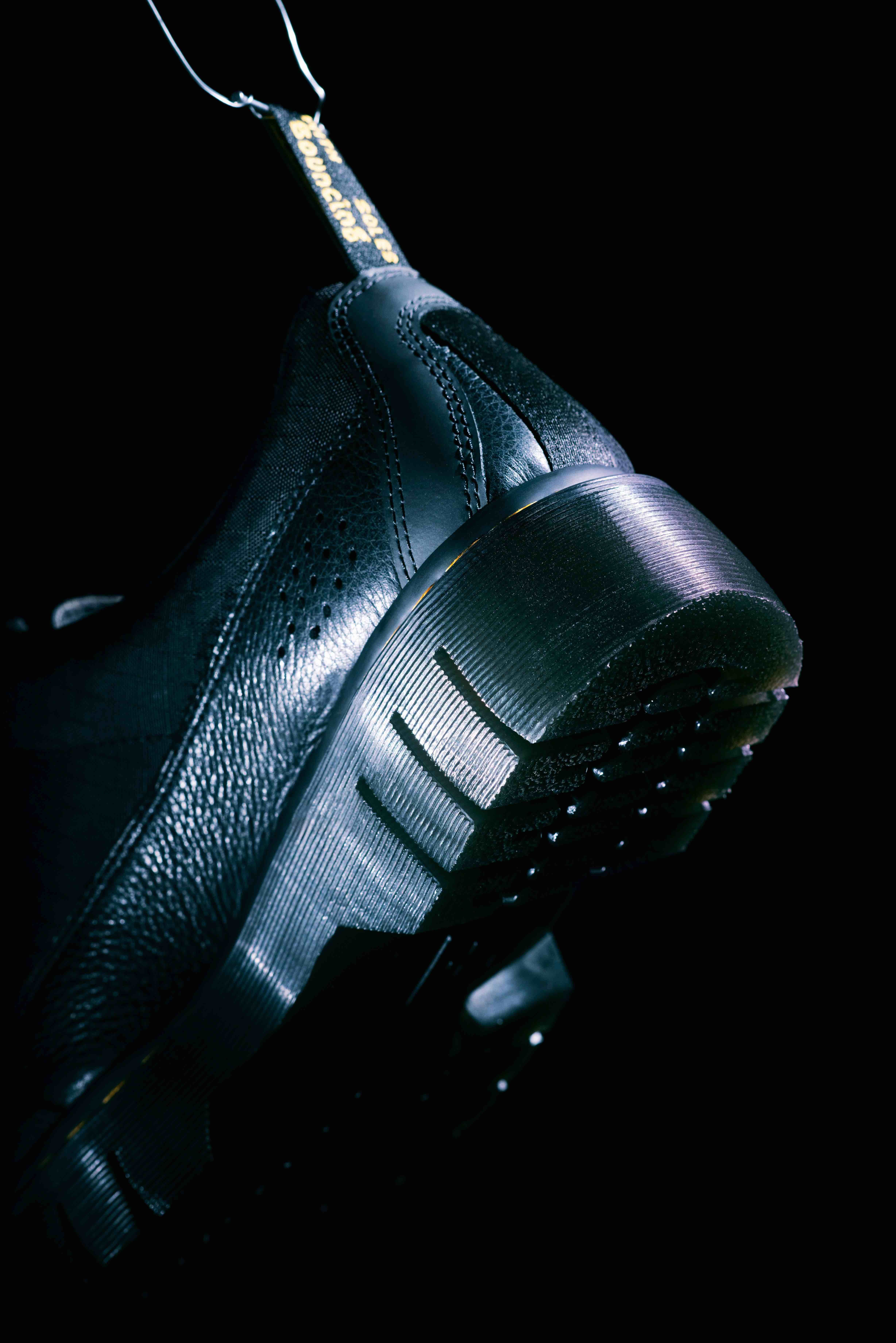
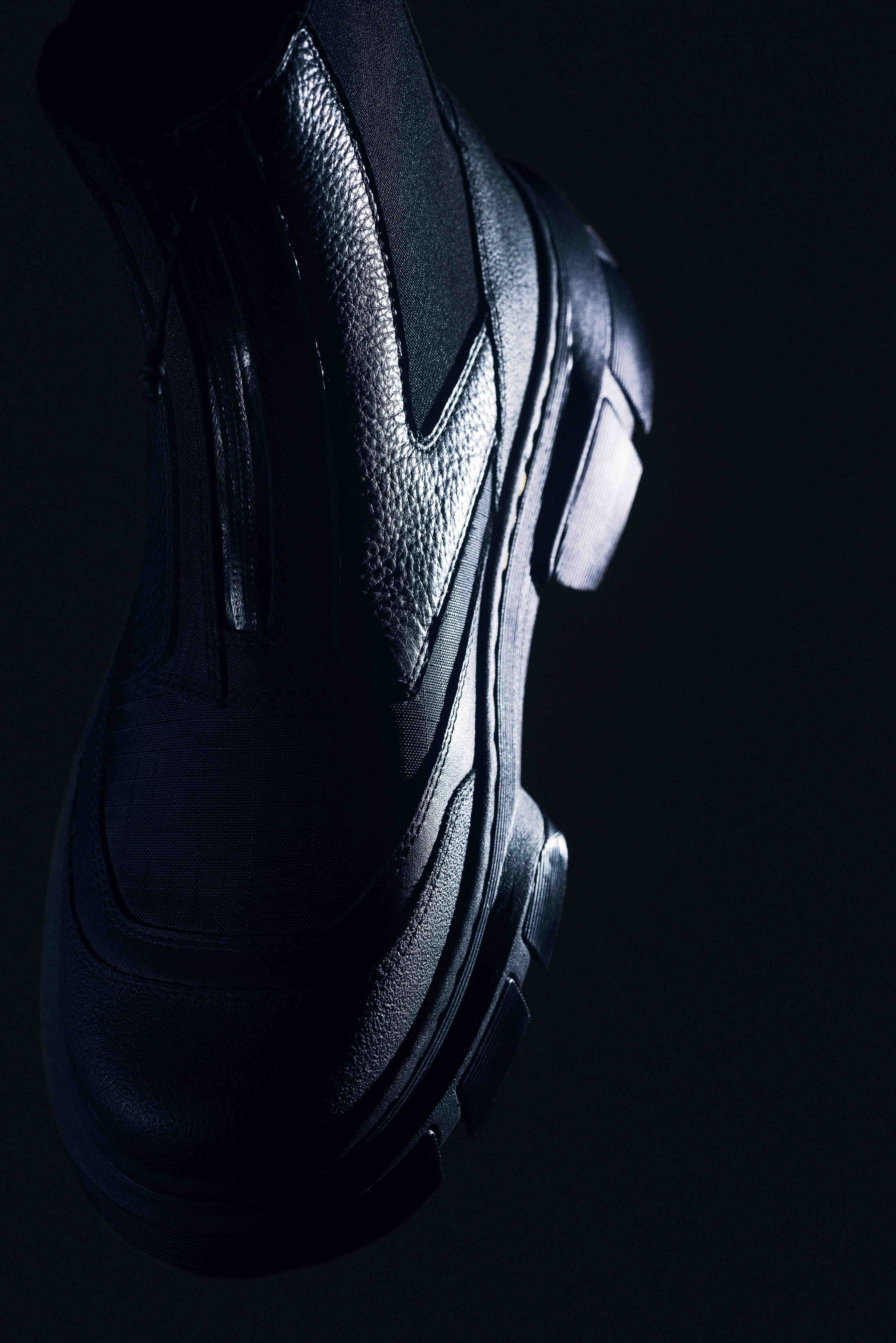
PHILLIP PYLE: Words like “strength,” “defiance,” “resilience,” “empowerment,” and “confidence” were used to the describe the launch of 14XX. How do these attitudes translate into design choices?
DARREN MCKOY: I think those words were chosen because they very much embody the values of the brand. You put on a pair of Jadon boots and it gives you that sense of, “I can kick down the world, I can do my own thing.” And the whole nature of Dr. Martens—and the culture of the brand and those that have worn it over the years—has been defined by those words that we’ve chosen. And when we think as a creative team about what that means today, we look at our muses, our color palettes, at the ways that we can create something new within classic silhouettes to ensure that they embody that. It’s attempting to translate those words into tangible things.
PP: The new platform was described as open to failure. What are the benefits of taking the risk of redesigning classic models?
DM: Things like the yellow stitch, the two-tone groove sidewall, the platform, the classic DMS sole, the heel loop, or the “Puritan stitch”—those are all the elements that make the boot the boot. And I think when you’ve got those cues, you have the license to stretch them into new spaces. That is, if you remember to always hark back to them.
It’s like when you’re trying to improve yourself, you go to the gym. You’ve already got the body that you’ve got, yet you go there to train, to make yourself stronger, to make yourself healthier, to make yourself better, to improve yourself. I think that constant evolution of self and of iconic products is super important. And that’s what we try to instill within the creative team.
PP: Something key to Dr. Martens that’s often touched on is an ethos of resistance. And this resistance historically has a specifically working class and subculture connotation. How do you manage to balance working class, subcultural, and futuristic aesthetics with redesigns?
DM: The brand is a workwear boot brand, right? A workwear boot is for the working man and the working woman… it’s for the worker. That’s the epicenter. And over the years, as the boot has continued to be the boot, it’s allowed us to create new silhouettes of it—because it’s all been contained in the DNA. You know that it’s a Dr. Martens shoe because it’s got the yellow stitching and all those great design hallmarks.
I think the workwear aesthetic, the workwear narrative, and the communities—be it youth cultural or subcultural movements—that have been around it have been utilizing the boot as a platform of resilience in most cases, as a push back against certain things that are happening in their lives or in outward social situations. And we’ve just happened to be there and be part of that journey. It’s something where the boot has given people that opportunity to be empowered. So, I think when you take that into design—because the strong DNA of the brand is so ingrained in culture and in a lot of people’s minds, whether they wear the boot or not—it’s easy as a signifier to explode the boots and bring them into new spaces.
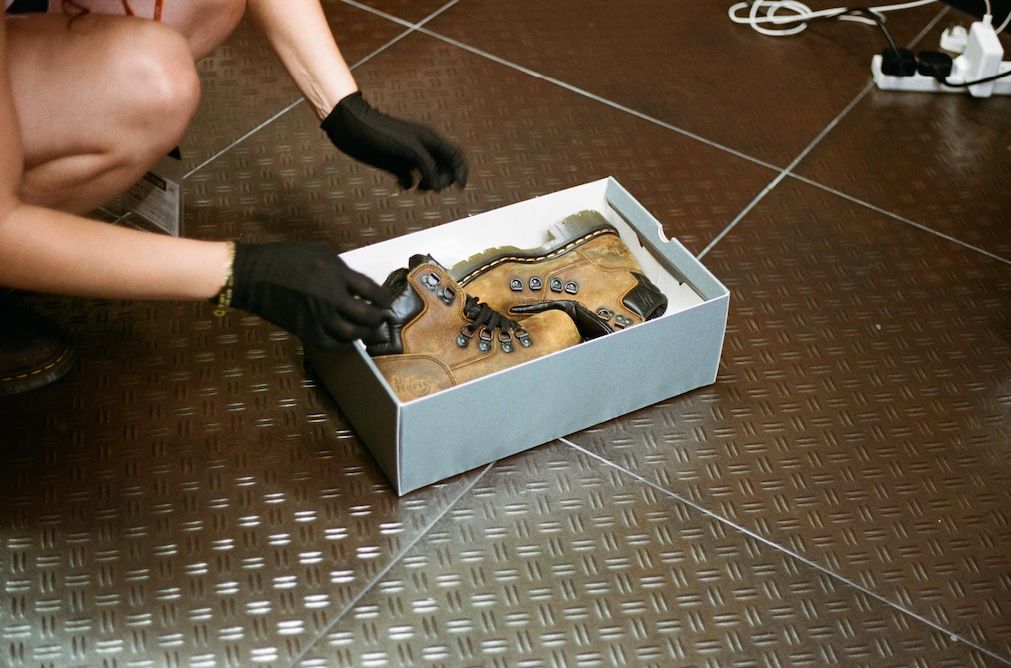
PP: There’s a clear techwear element to this revamp. It lends itself to an aesthetic futurity, but it also feels practical. Why did the brand go in this tech direction?
DM:At the point of its inception in 1960, the original 1460 boot was an innovation. It had an AirWave sole developed by three families and a creative team—and they used functional hardwearing leather. That boot stood the test of time. 40 years later, the work boot then morphed into work shoes that we used to call our “Industrial Workwear Product,” which were centered around the construction yard. That was also an innovation at the time: anti-static soles, waterproofing, durable leathers, and steel toe caps. Having those innovations for 40, 50, 60 years means that the brand can take that aesthetic, that feel, and repurpose it for today. And I think that’s what you get with the 14XX 1460 redesign. There are certain elements of lightness to the design narrative, and different ways of exaggerating the DNA, to make it a bit more prominent and forward. But then, on the other side of it are new elements of protection, durability, and weather.
PP: Yet the silhouette is still intact.
DM:The silhouette’s still very much intact. If you stand 50 meters away, you can still see it’s a Dr. Martens boot. Then you get closer and discover that it’s quite different.
PP: The idea for 14XX first began four years ago. How does it feel for it to finally come into fruition?
DM: It feels great. There were many other things that were in the 14XX cooker. Some of them got to the table and some of them didn’t. The art of redesign is constantly questioning yourself and looking to see if you can improve—and then you find a point when you stop. And we found a point probably about six to 12 months ago where we felt we were in a good place—with the narrative, with the products, and with setting the precedent for the longer term.
PP: And what’s the response been like?
DM: The response has been overwhelming and humbling. There’s been great response from our partners and the media.
But I think, in terms of Dr. Martens as a brand, we’re quite democratic and outward looking towards our consumers. We’re quite humble, do you know what I mean? We’re not so overtly in your face, apart from wanting our consumers to be the platform to express the brand through rebellious self-expression. So, from my perspective, the feedback’s been great. It’s been encouraging as well because validation and acceptance from the market means that we can continue to progress through new lenses.
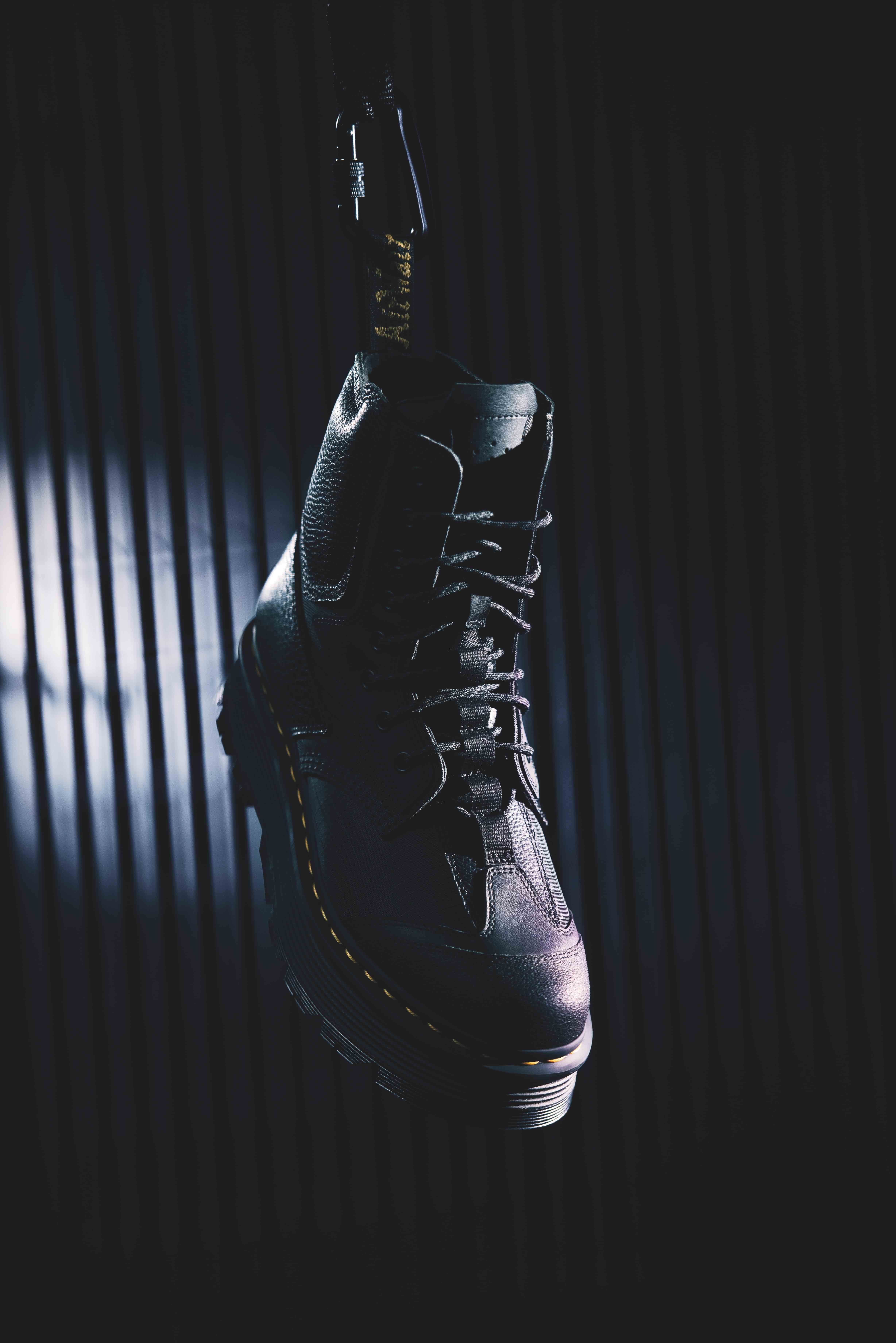
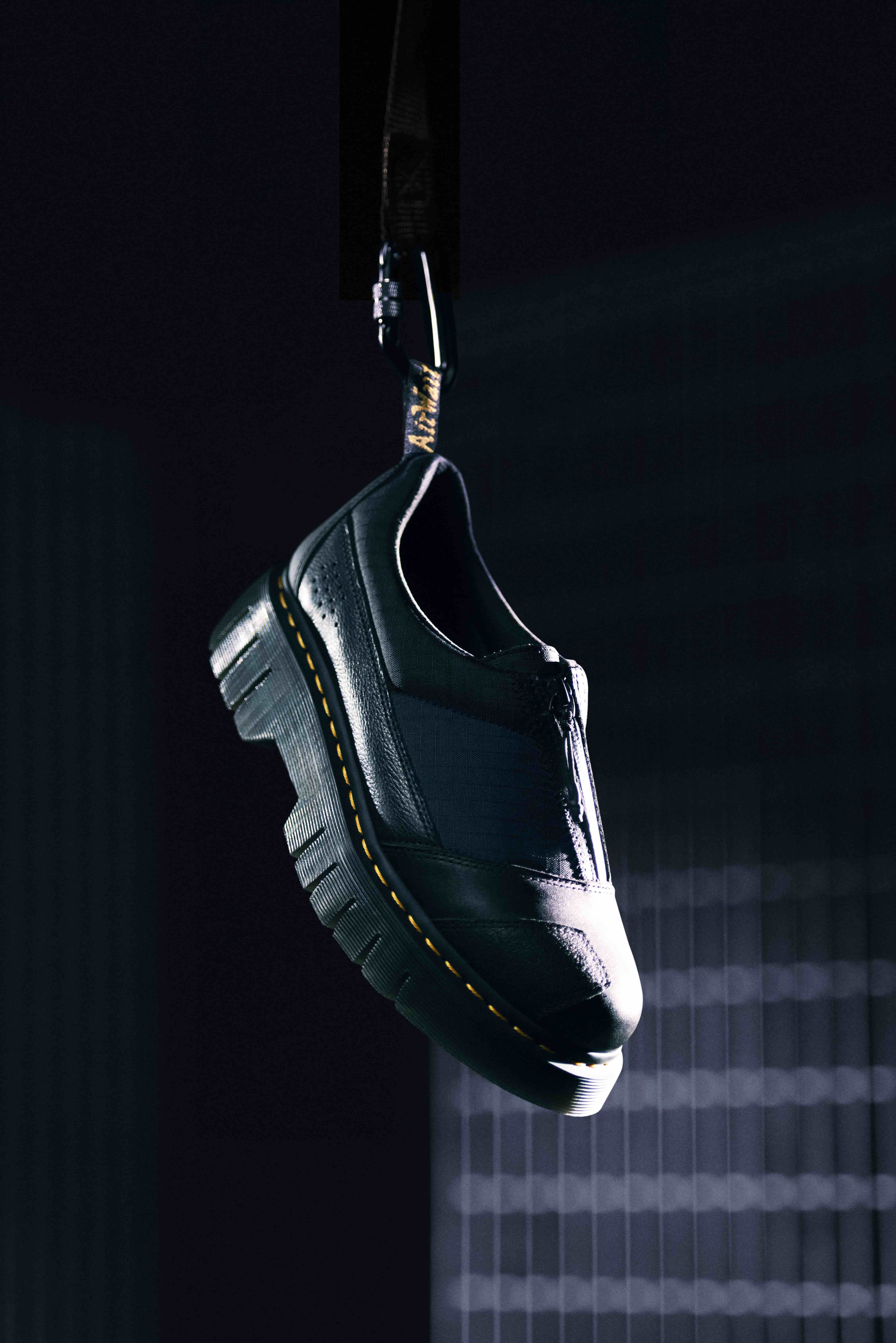
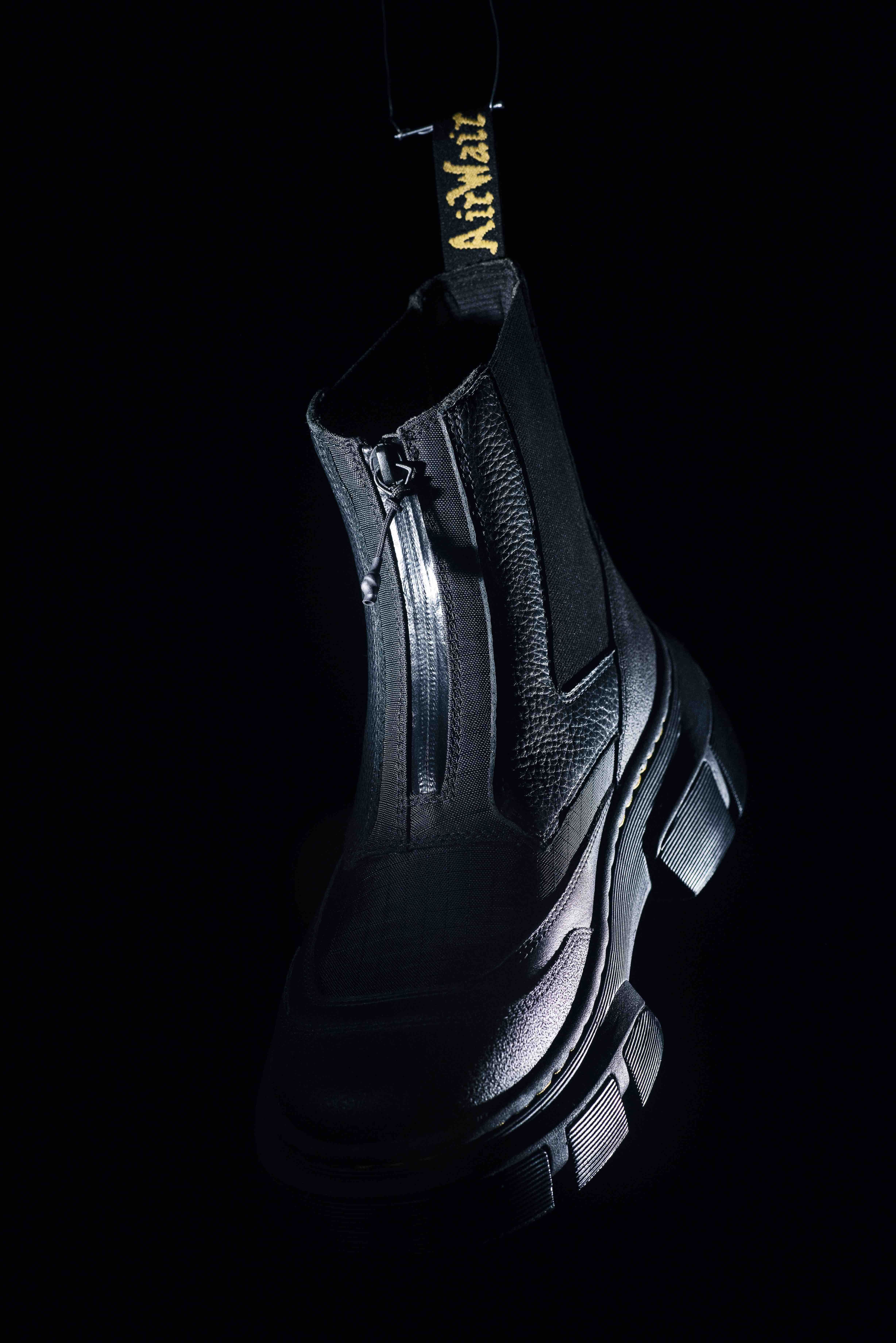
PP: Has the audience shift from when you first started wearing Dr. Martens? Subcultures are obviously less physically anchored and more digital today but, also compared to when I was teenager, I now more often see individuals wearing them—individuals who don’t necessarily have to wear them out of allegiance to a scene’s uniform.
DM: I think the audience has become even more diverse, which is beautiful. I think the past narratives around subcultures and youth cultures are part of the brand’s makeup. But like with any good DNA, and with any good heritage and family links, things get passed down from generation to generation. And now we’ve got a new set of wearers and fans that are carrying the same cultures that their mother, father, auntie, uncle, brother, and grandma did, but they’re doing it in their own way. So, for me, when I walk onto the streets and I see young people wearing the brand or I see different subsets of wearers, it’s always good to see the variation. And you see younger people wearing it different from the older people, but they’re still referencing the past in how they’re doing certain things.
A great example of that is our collaborations. You can be into Supreme or Stüssy. You come all the way to Rick Owens and Comme des Garçons. You can also be into Hello Kitty, Harajuku, or Kawaii. And you can style it as you want. You can be smart, slick, punk, grunge, hip hop, whatever you want to be.
PP: Do you have a personal favorite model?
DM: When I was a kid, my favorite shoe was the 1461. I couldn’t wear boots because I could only wear shoes to school, so I had an innate love of them. But as I’ve gotten older, I’ve grown even more accustomed to the 1460 boot based on the simple fact that I find it a little bit more locked in. In terms of 14XX, my favorite pair at the moment is the 2976. It has the platform elements of the boots but it’s contemporized in terms of the brand’s DNA. It’s more spaced out. There’s EVA, there’s PVC, it’s an interesting mix of materials and ergonomics.
I mentioned this before but we had to get comfortable with being a little bit uncomfortable. That’s the art of good design. You either go for simplicity or you go to a place where you find out what really works.You have to ask yourself whether it creates a bit of “shock and awe” or whether it makes you feel a little bit uneasy. And when it makes you feel uneasy, it means that you’ve touched a nerve. Then you know that’s probably your best work.
PP: Previously, the more “shocking” Dr. Martens designs seemed to take place within collaborations, but this feels unique in that it’s aiming to shock within a Dr. Martens collection. Do you plan to continue taking a “shock and awe” approach to future collections and projects?
DM: I think this element has always been with the brand, but as I said before, we haven’t always been as outwardly expressive. If you look at our previous in-line collections or our collaborations, we’ve done embellishments and studding, and gone really hard on the facial uplift. I think we still need to, and can, create moments of excitement through progressive product design—like the Jadon boot was ten years ago.
And that’s the challenge to the team. The boundaries are simple things, like all the iconic cues, things that people expect from the brand. But then how do take those elements and shake them up and create something that’s going to be a little bit divisive? And I think we’ll do that, but we’ll keep it controlled, with the intent that it helps stimulate brand excitement. We just need to make sure that we do the right things, but as long as we continue to be subversive and diverse while remaining true to the brand’s heritage, then we’ll be fine.
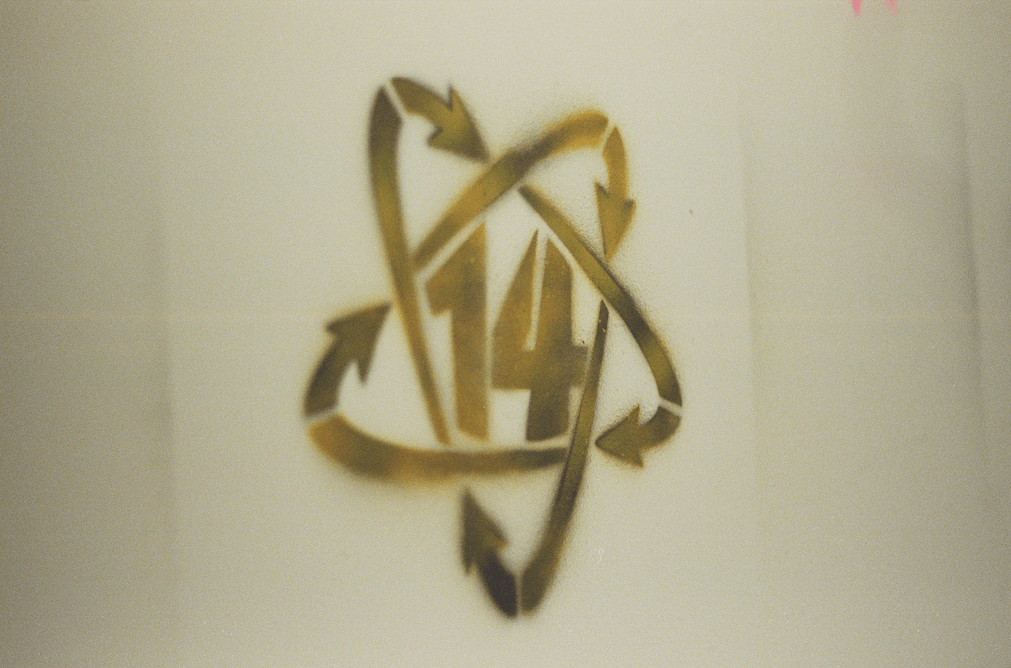
Credits
- Text: Phillip Pyle
- Images: © AIRWAIR INTL. LTD
Related Content
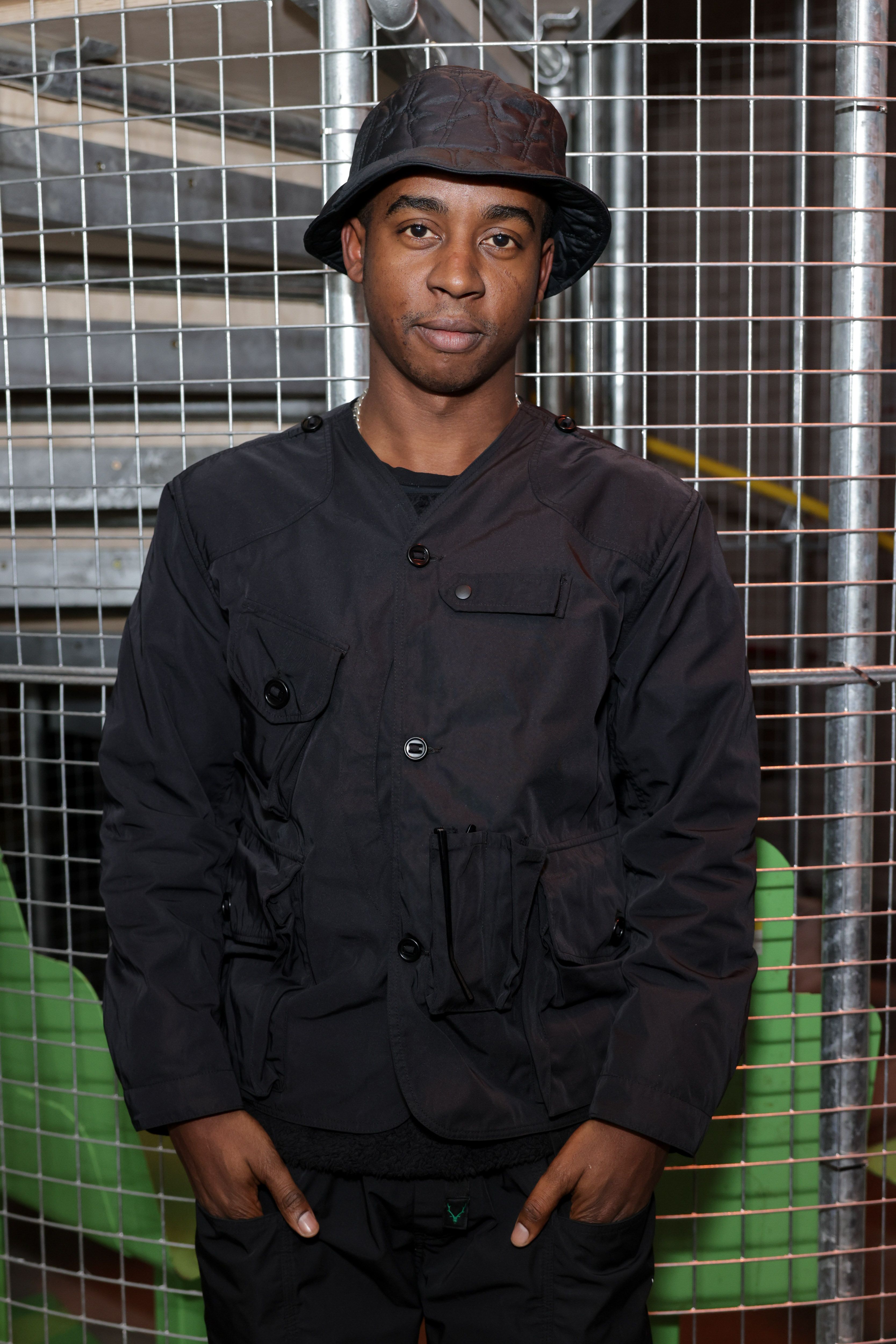
A Guide for Immortal Design: Dr. Martens
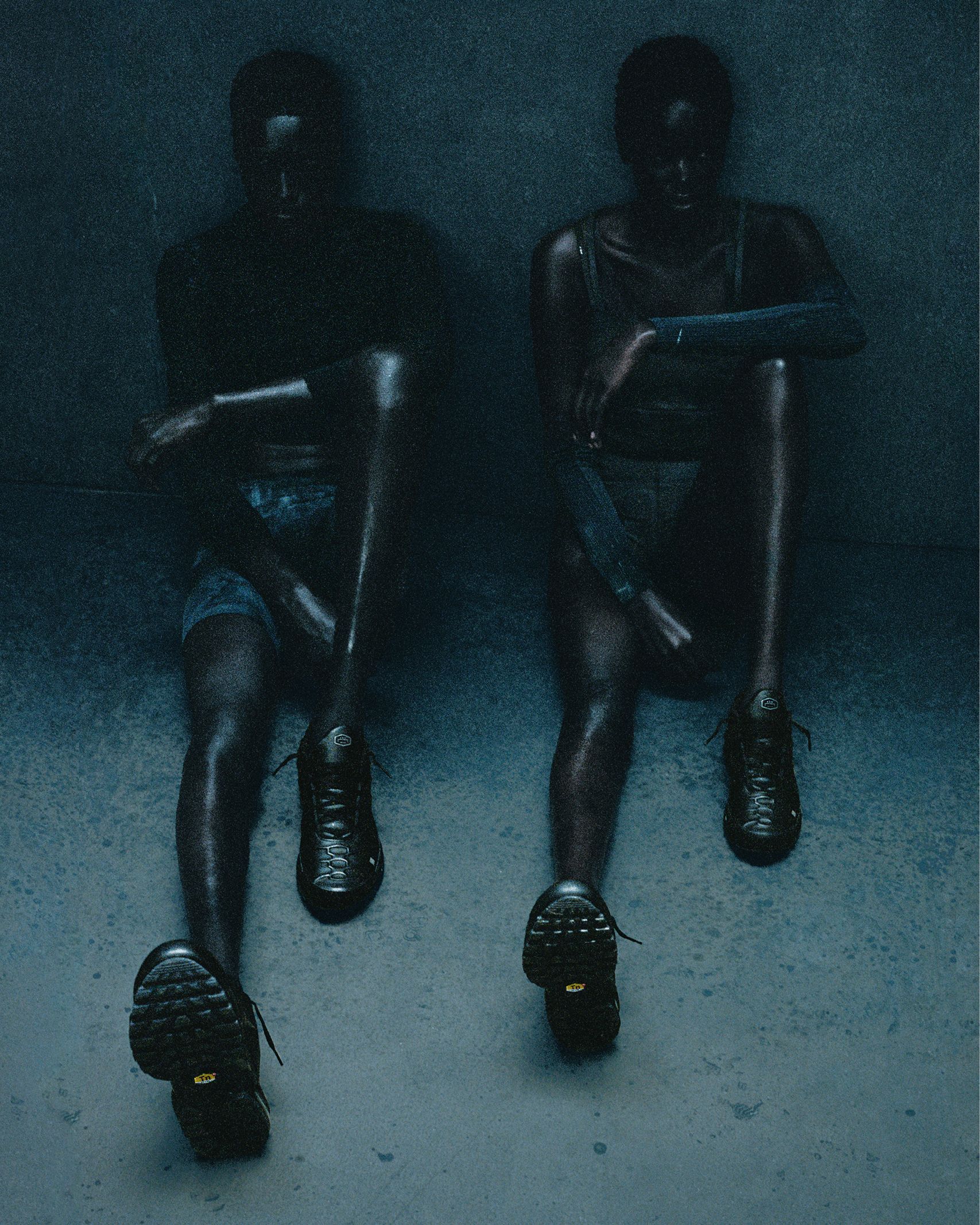
Never Growing Up: GABRIEL MOSES and SAMUEL ROSS’ ACW_NIKE TN98
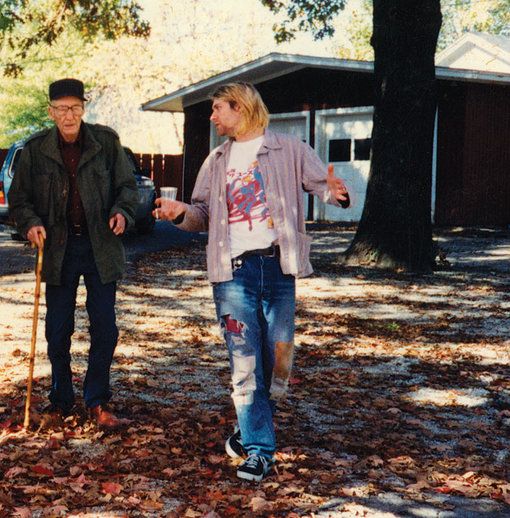
Mining a Counter-History from the Past: WILLIAM S. BURROUGHS and Subcultures in Kansas
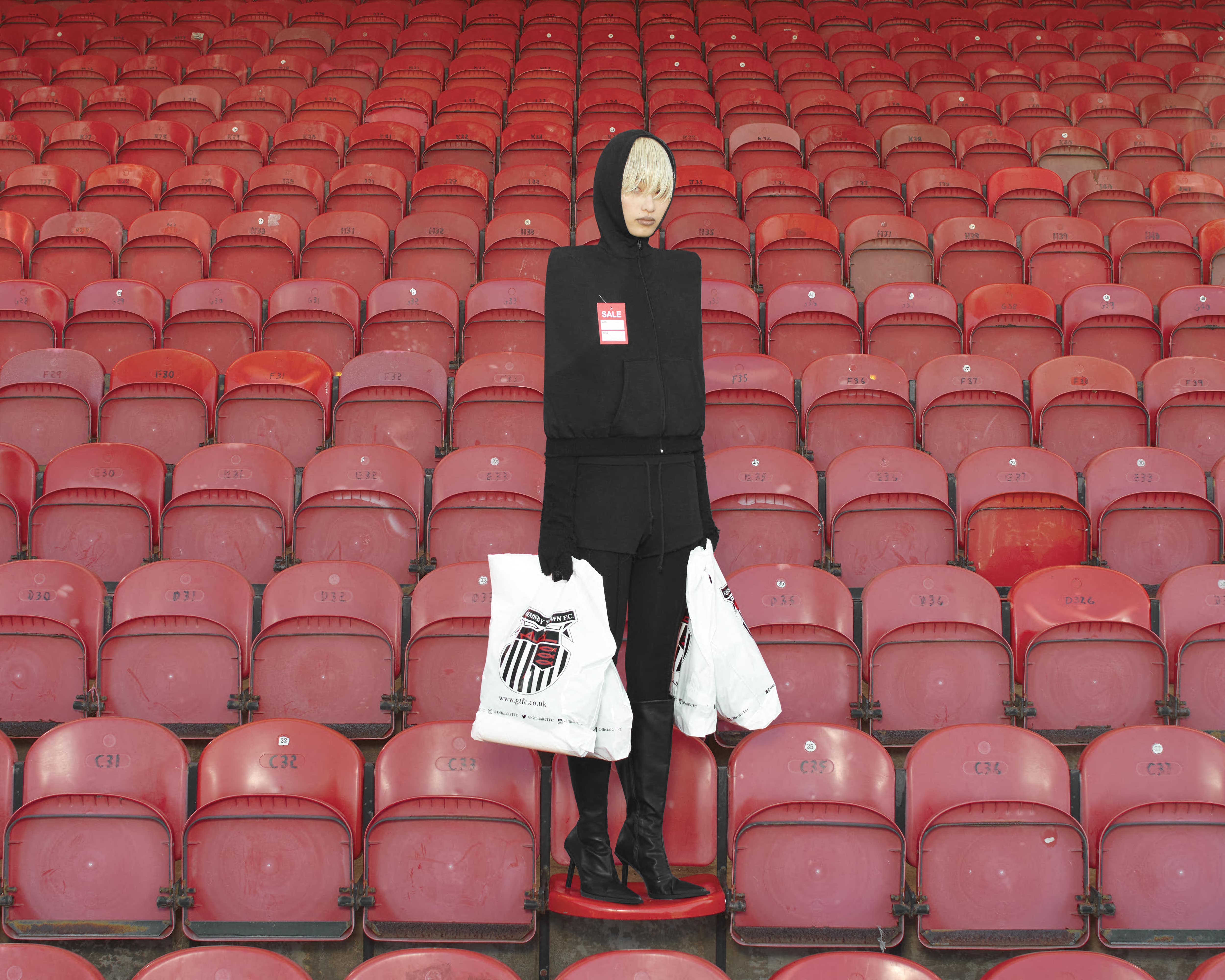
“Stay Commercial”: BETSY JOHNSON’s PRODUCTS
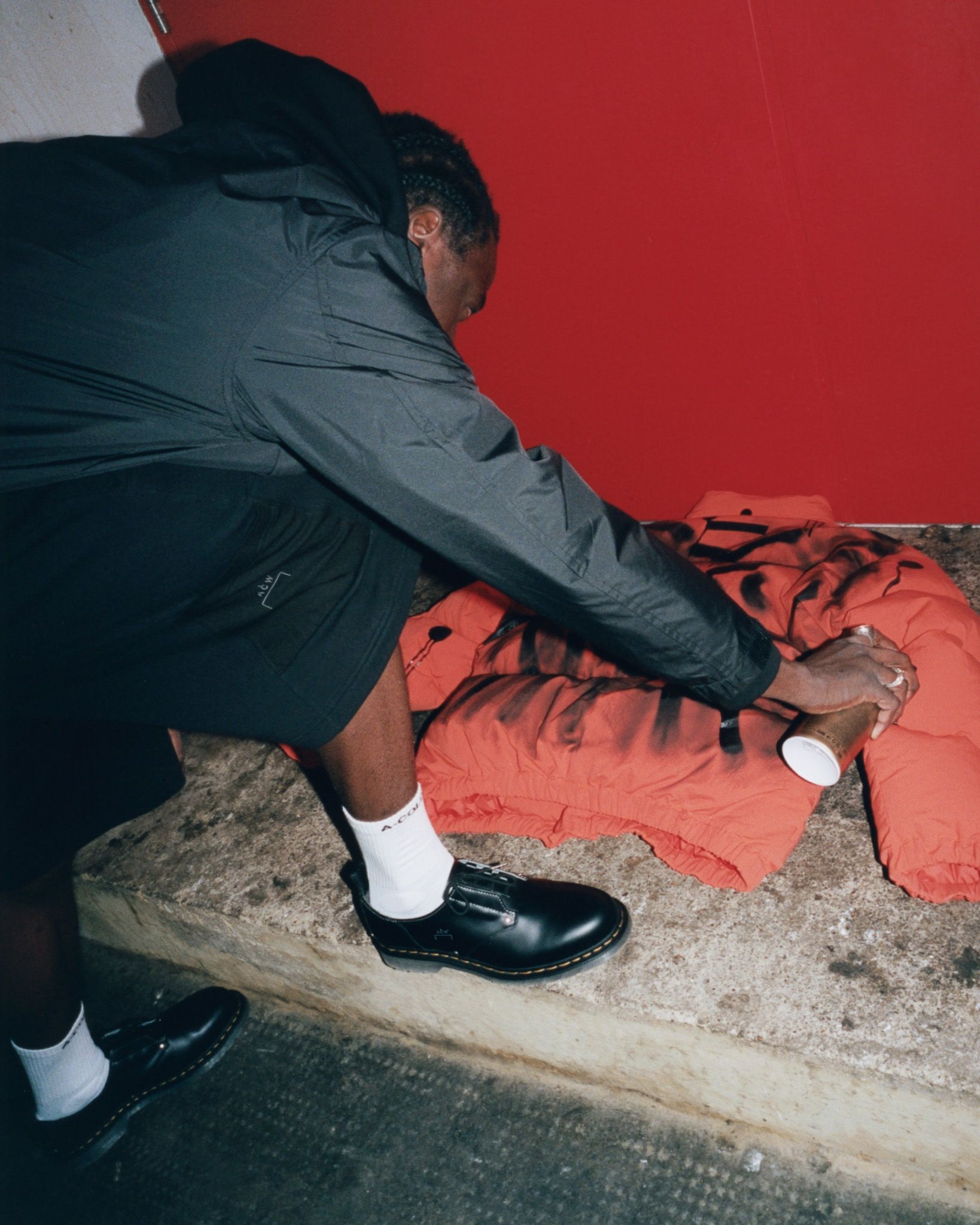
The Cold and the Beautiful: SAMUEL ROSS Reinforces UK Brutalism with the ACW* x DR. MARTENS 1461 Work Shoe
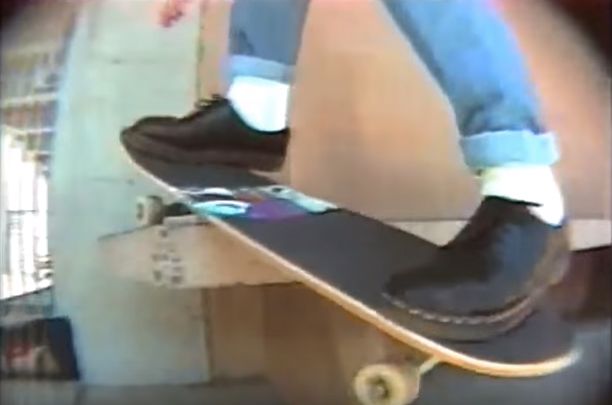
CAN IT SKATE?: Skateboarding’s History of Cannibalizing the Footwear Market

Fetish Nights in Tokyo: JOSHUA GORDON

JASON DILL Takes us to Hell and Back to FUCKING AWESOME